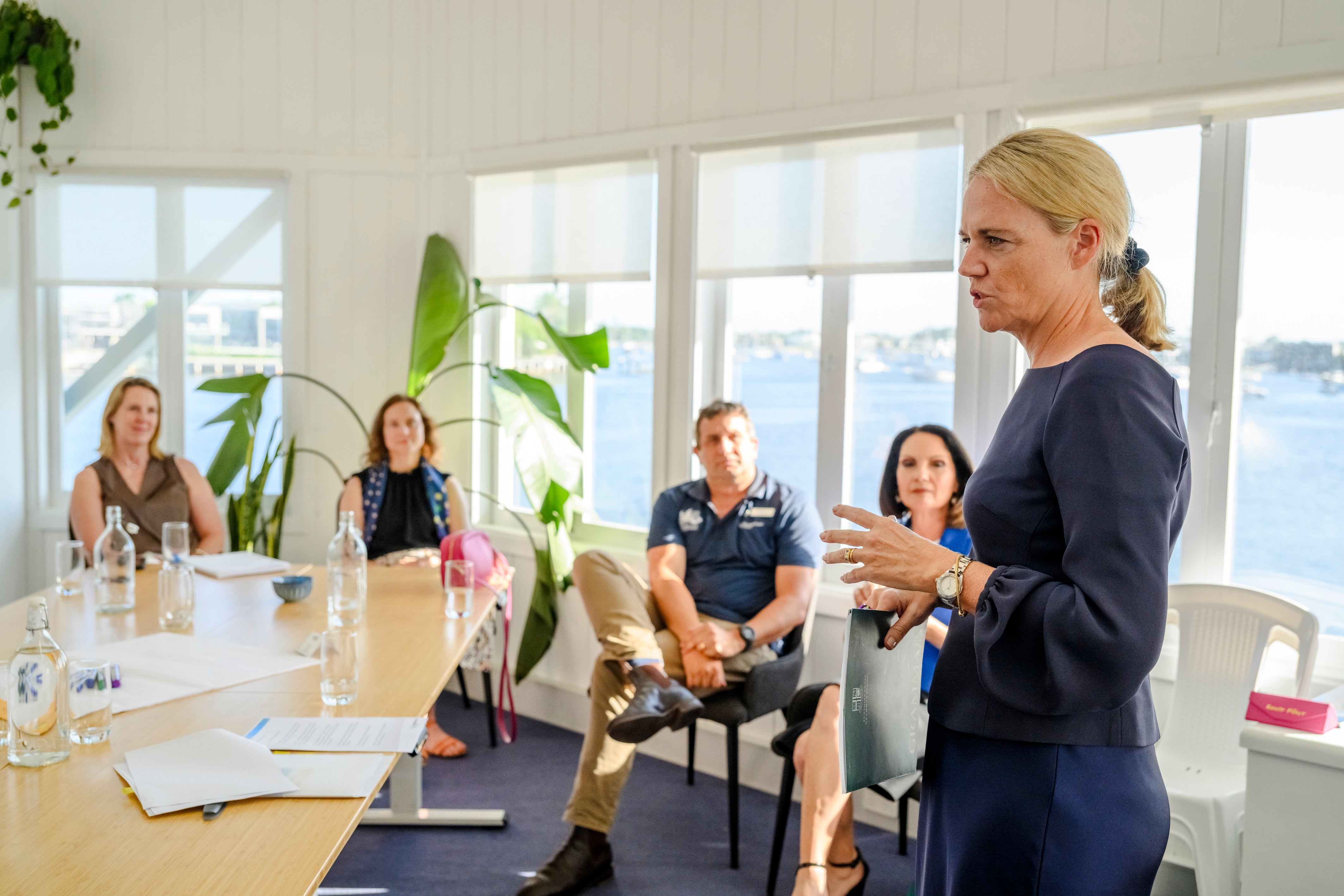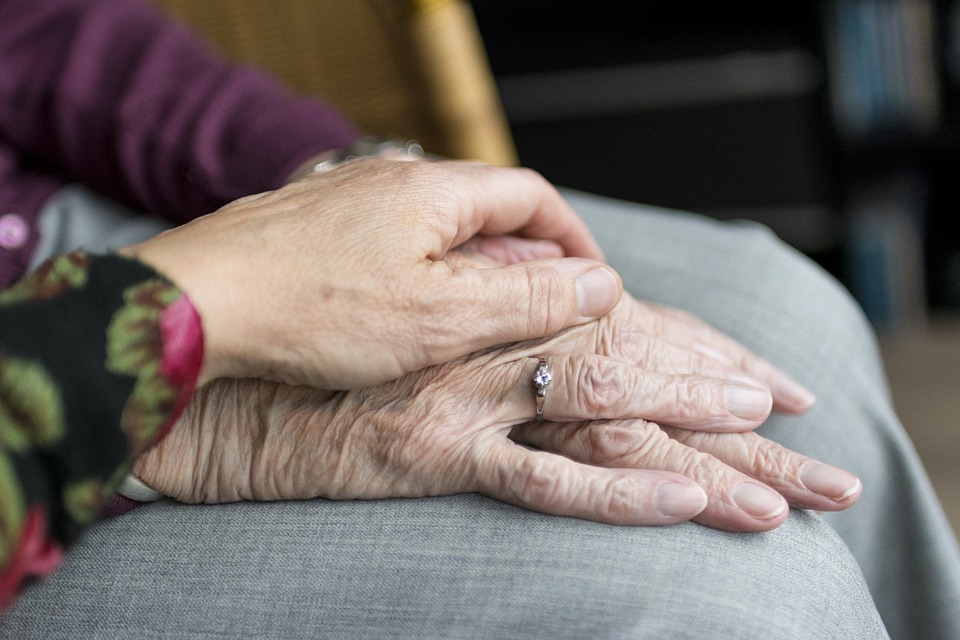Advice as at 6pm, Sunday 10 December 2023.
This warning is from the Cairns Local Disaster Management Group (LDMG).
Tropical Cyclone Jasper could cause a storm surge to properties in the RED, ORANGE AND YELLOW storm tide zones across the Cairns region.
Visit the or use the to check if you are in a storm tide zone.
Storm surge is when coastal waters rise above highest tide levels because of a cyclone. The tsunami-like waves can go a long way inland. Storm surge is a threat to life and property. People in these places should prepare now for possible storm surge.
Impacts
- Big waves and sea water will travel a long way inland and through coastal creeks and rivers. This can flood and damage buildings, wash away roads and cars, and damage bridges.
- Roads could be blocked by fallen trees, powerlines or flood water from the cyclone.
- There will be lots of wind and rain from the cyclone. There will be flooding in low-lying areas.
- Power, water, phone and sewerage services could stop working.
What you should do
- Decide now where you will go if the storm surge starts. This should be with family and friends in safer, ‘higher’ locations, outside threatened zones.
- Consider booking accommodation outside the storm tide zones.
- If you have children make sure they are with you or an adult you trust.
- If you have no other options, stay informed for the location of public storm tide cyclone shelters to be announced in coming days, if required.
- Prepare your home now
- Put chemicals and poisons up high to stop them polluting the water.
- Lift important things onto beds, benches, tables, high shelves or upstairs to protect them.
- Block toilets, sinks and drains with sandbags to stop sewerage backflow if you can.
- Empty and turn off fridges and freezers.
- Be ready to turn off the power, solar, water and gas before you leave home. This will help remove electrical dangers when you come back.
o Move cars to high ground away from trees.
- Pack an emergency kit now
- battery-powered radio to listen to warnings
- torch and spare batteries
- tinned and packet food and bottled water to last five days
- enough clothes for five days
- important medicine
- important papers (like ID, insurance papers and passports)
- first-aid kit
- mobile phone, charger and charged power bank
- toilet paper, face masks and hand sanitiser
- if you have very young children, enough nappies for up to five days, wipes, bottles, formula or baby food. Plan to not have a fridge or microwave
- if you have a pet, enough pet food for five days, a lead and/or crate.
· Check your family, friends and neighbours know what to do. Help them if you can.
Public Storm Tide Cyclone Shelters are designed to save lives. Be aware:
- People should only evacuate when instructed to.
- If you don’t live in the RED, ORANGE AND YELLOW zones you will be refused entry.
- Photo identification will be required.
- You may be locked in for more than 24 hours while the cyclone passes
- Water will be provided; bring your own food
- Smoking, consumption of alcohol and non-prescriptive drugs is prohibited
- Pets are not allowed.
- You will be seated throughout the emergency; there are no beds
- There is no wi-fi or entertainment.
Know your evacuation route:
If you are advised to evacuate, do so immediately. Don’t wait. View can be viewed at or by using the map at the , and provide guidance on the most direct route out of a storm surge area. Leave yourself plenty of time; there will be a lot of other people evacuating at the same time and roads may be congested.
If you find it hard to move quickly or have special or medical needs
- Use your Person-Centred Emergency Plan (P-CEP) now if you have one.
- If anyone in your house uses powered medical equipment, like a dialysis machine or ventilator, decide now where you will go in case you lose power.
- Call your support person or service to organise transport.
- Leaving early is safer than waiting.
If you are a tourist or visitor, camper or caravanner
- Campers and caravanners should start packing up now.
- If you do not need to be in the area, leaving now is the safest option.
- Travel out of the warning area. Check road conditions and plan your route before you leave.
If you have a boat or jet-ski
- Take your boat, jet-ski, canoe or kayak out of the water and store securely on land if possible.
- If your boat is kept on the water, check your moorings and relocate it to a safer mooring if possible.
- If your boat is in a marina, batten down and check-in with the marina manager.
- Check your area’s Extreme Weather Contingency Plan on the .








